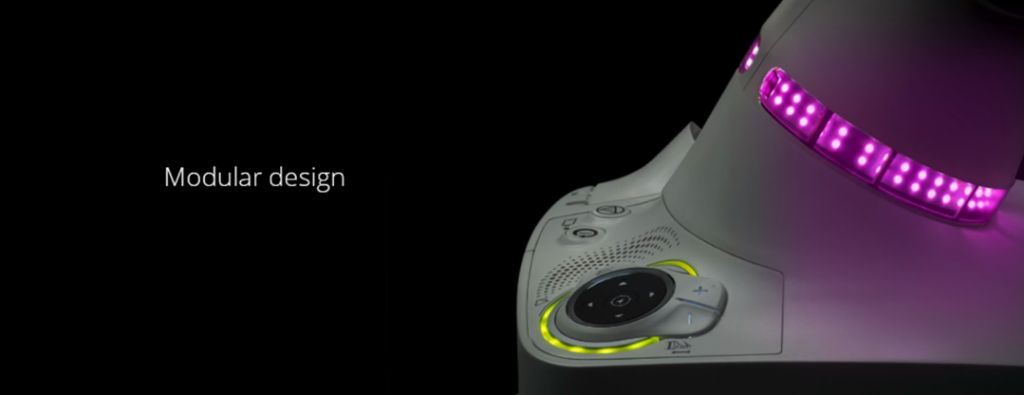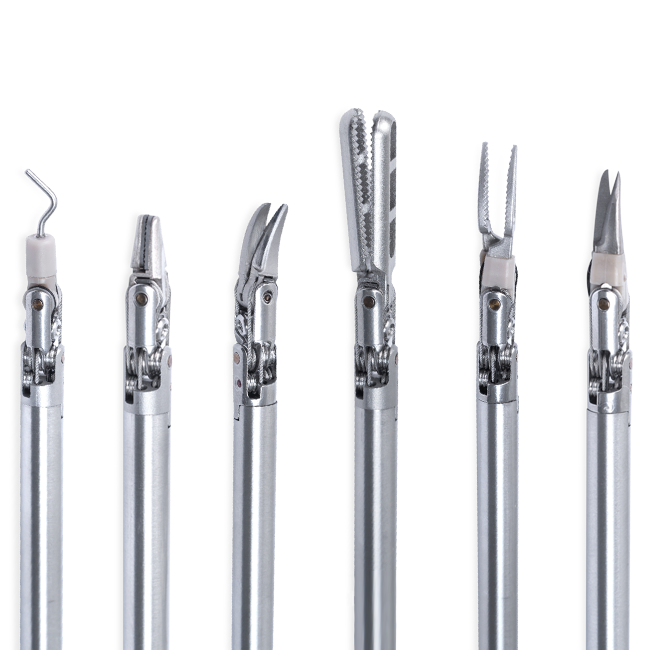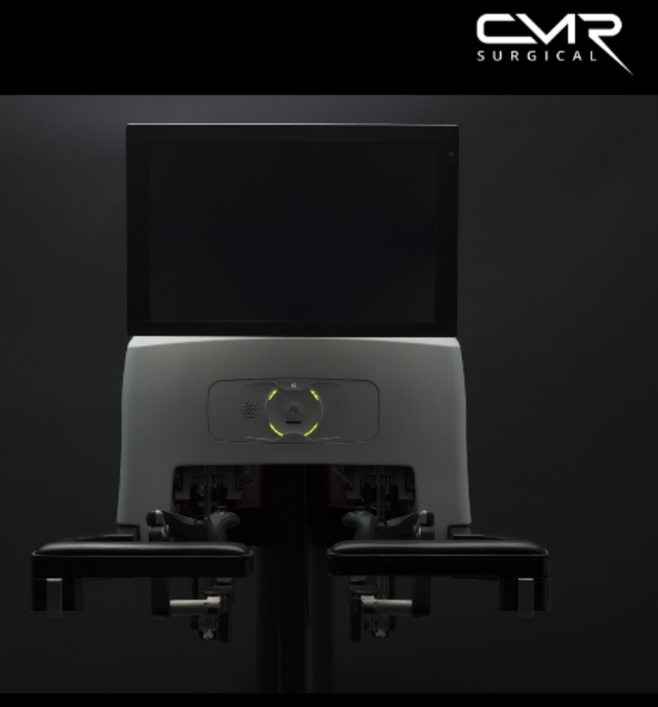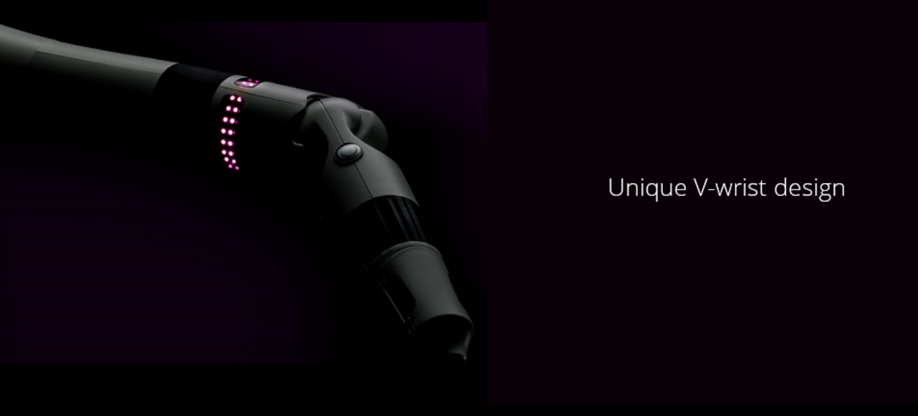Versius
Mobile pods allows the system to be portable and therefore shared between theatres. It also allows the system to be used in the existing theatres without modification and easily stored when not in use.

The smaller CMR instruments are a significant advantage to the larger 8mm Da Vinci instruments. Advanced bipolar will also available which allows efficient dissection and haemostasis.

The surgeon console is an open plan arrangement with a 3D screen which can be easily seen by several surgeons allowing training of the whole team. The hand controls are modelled on game consoles and reproduce the surgeons wrist movements to the robotic arms inside the patient. A surgeon can “clutch” to pause the movement of the arms to readjust or come over to the patient.

The wristed robotic arms allow the pods to be positioned in a narrower angle than is typical for a surgical platform. The robotic arms can be pushed aside to allow the theatre team to have easy access to the patient without changing the position of the instrument tips.

Safety features are an integral part of the CMR Versius system:
- Stop buttons are provided on the surgeon console and the bedside units, and pressing any of these buttons causes all connected articulating arms to come to an immediate stop. If a fault occurs, if a stop button is pressed or if a bedside unit is on battery power and has low battery, the articulating arm or arms affected hold their position and stop any electrosurgery. The arm or arms affected will not move under surgeon control, move under gravity or move when manually pushed.
- The instruments attach to the articulating arms with a latch mechanism that allows quick, one-handed detachment of an instrument in an emergency. The latch is entirely mechanical and does not depend on software or electronic function.
- Versius activates visual and auditory alarms if a fault occurs, if a bedside unit is on battery power and has low battery, or if the device needs servicing or power cycling.
- Images from the endoscopic camera are displayed on the surgeon display without any enhancements that require frames to be stored in memory. This prevents the video freezing or being delayed.
- The surgeon console can only command movement of an articulating arm and its endoscope or instrument after control has been transferred by operating room staff at the bedside.
- Defined modes with accompanying icons and audio signals provide clarity of who is in control at any given time.
- In instrument change mode, removal and reinsertion of the instrument or endoscope by the operating room staff is constrained to within safe parameters.
- The surgeon console has a brake function to allow its position to be fixed and prevent inadvertent movement, and the surgeon console brake is continuously applied unless the handles are held and the brake lever pressed.
- The bedside units have brake functions to allow their positions to be fixed and prevent inadvertent movement. A bedside unit cannot be used for surgery unless the brake is applied, and the brake cannot be released while an attached instrument or endoscope is inside a patient.
- Each articulating arm is colour coded with an LED band that corresponds to an icon colour on the surgeon display and the auxiliary display, allowing easy identification and communication.
- The articulating arms use encrypted communications to prevent use of a surgical instrument that has not been validated with Versius.
- Versius will not allow use of a surgical instrument beyond a fixed number of uses.
